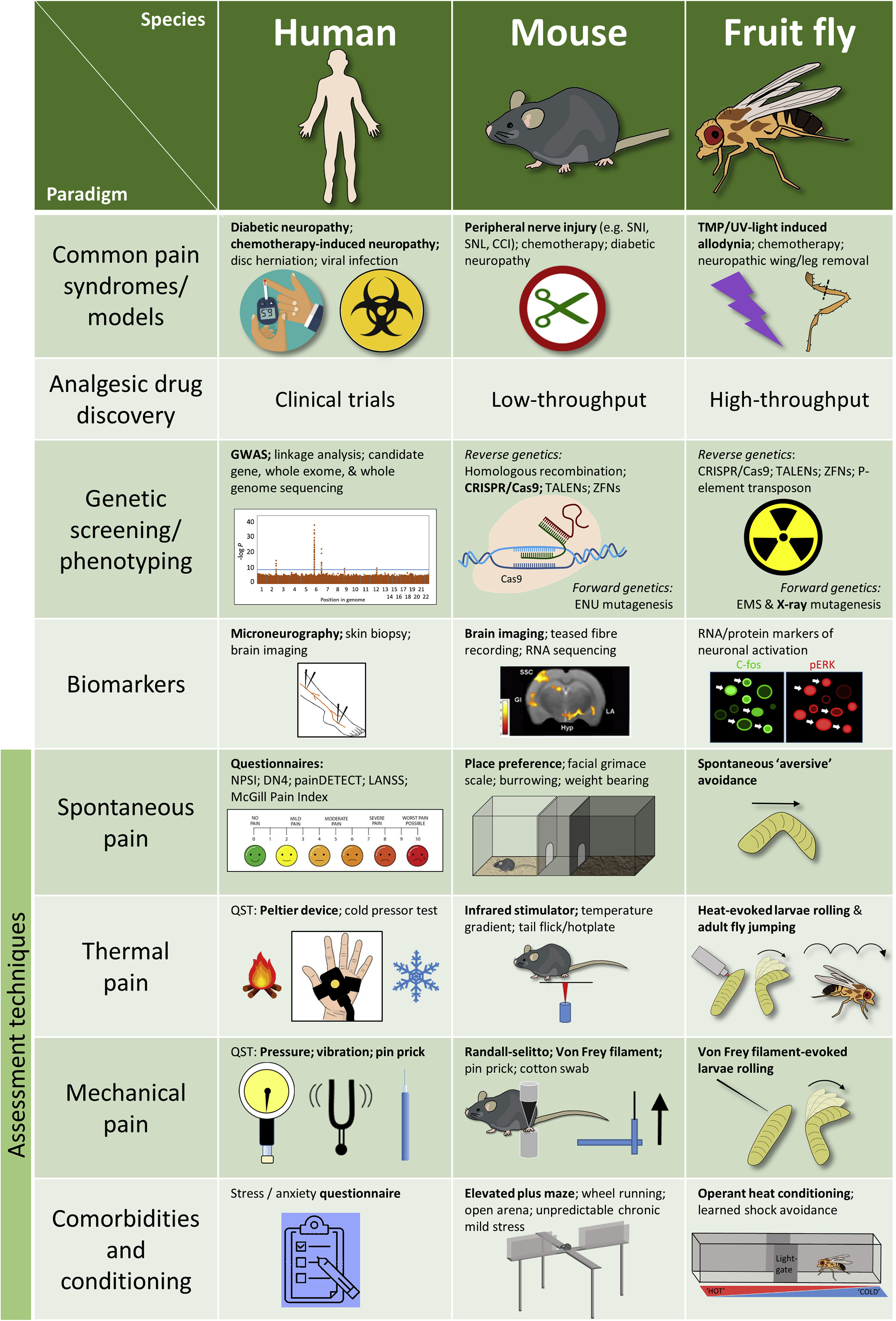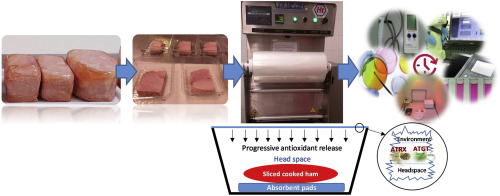Partner content
United Nations University, November 2019.
Contributing to SDG 10 (Reduced Inequalities) and SDG 16 (Peace, Justice and Strong Institutions), this research prioritized engaging with young people as research partners in order to examine the needs of children exiting violent armed groups.
This book chapter advances SDGs 15 and 13 by discussing the impact of deforestation, rising temperatures, drought, fire and other ecological disturbances and the reduction of forest cover on much of the earth, compromising the ability of forests to supply important ecosystem services.
Approximately 70% of the aquatic-based production of animals is fed aquaculture, whereby animals are provided with high-protein aquafeeds. Currently, aquafeeds are reliant on fish meal and fish oil sourced from wild-captured forage fish. However, increasing use of forage fish is unsustainable and, because an additional 37.4 million tons of aquafeeds will be required by 2025, alternative protein sources are needed.
Over US$60 trillion is predicted to be spent on new infrastructure globally by 2040. Is it possible to meet UN Sustainable Development Goal (SDG) 9 (develop infrastructure networks) without sacrificing goals 14 and 15 (ending biodiversity loss)? We explore the potential role of “no net loss” (NNL) policies in reconciling these SDGs.
Background: Compared to previous neuropsychological investigations with standard paper-pen tests limited to test complex spatial learning and memory processes, 3-D virtual immersive technology might offer new tools for research purposes and for diagnosis in patients suffering from mild cognitive impairment or dementia. Comparison with existing methods: Current software proposes a customizable VR environment combined with an analyser module based on regions of interest and some parameters of analysis or pre-calibrated VR mazes with raw data.
Neuropathic pain (NeuP) arises due to injury of the somatosensory nervous system and is both common and disabling, rendering an urgent need for non-addictive, effective new therapies. Given the high evolutionary conservation of pain, investigative approaches from Drosophila mutagenesis to human Mendelian genetics have aided our understanding of the maladaptive plasticity underlying NeuP. Successes include the identification of ion channel variants causing hyper-excitability and the importance of neuro-immune signaling.
Background: Women across the world are mistreated during childbirth. We aimed to develop and implement evidence-informed, validated tools to measure mistreatment during childbirth, and report results from a cross-sectional study in four low-income and middle-income countries. Methods: We prospectively recruited women aged at least 15 years in twelve health facilities (three per country) in Ghana, Guinea, Myanmar, and Nigeria between Sept 19, 2016, and Jan 18, 2018. Continuous observations of labour and childbirth were done from admission up to 2 h post partum.
Over US$60 trillion is predicted to be spent on new infrastructure globally by 2040. Is it possible to meet UN Sustainable Development Goal (SDG) 9 (develop infrastructure networks) without sacrificing goals 14 and 15 (ending biodiversity loss)? We explore the potential role of “no net loss” (NNL) policies in reconciling these SDGs.
The two-dimensional (2D) ultrathin Mg-Al layered double hydroxide modified by magnetic Fe3O4 (Fe3O4/Mg-Al LDH) was successfully synthesized via the co-precipitation method. The Fe3O4/Mg-Al LDH not only exhibits superior separation efficiency of charge carriers but also possesses signally enhanced photocatalytic activity for CO2 reduction than Mg-Al LDH. The as-prepared Fe3O4/Mg-Al LDH affords the CO and CH4 generation rate of 442.2 µmol g−1 h−1 and 223.9 µmol g−1 h−1. The enhanced reduction CO2 activity mainly comes from synergetic effect of Fe3O4 and ultrathin Mg-Al LDH.
The effectiveness of active packaging systems with green tea extract and oregano essential oil was checked for their use in sliced cooked ham. Three packaging systems were evaluated: i) control group without active film, ii) ATGT packed with active film of green tea extract (1%) and iii) ATRX with a mixture of green tea extract and oregano essential oil (1%). The evolution of microbiological, physicochemical (pH, aw, colour and lipid oxidation) and sensory attributes were analysed after 0, 7, 14 and 21 days of refrigerated storage.


